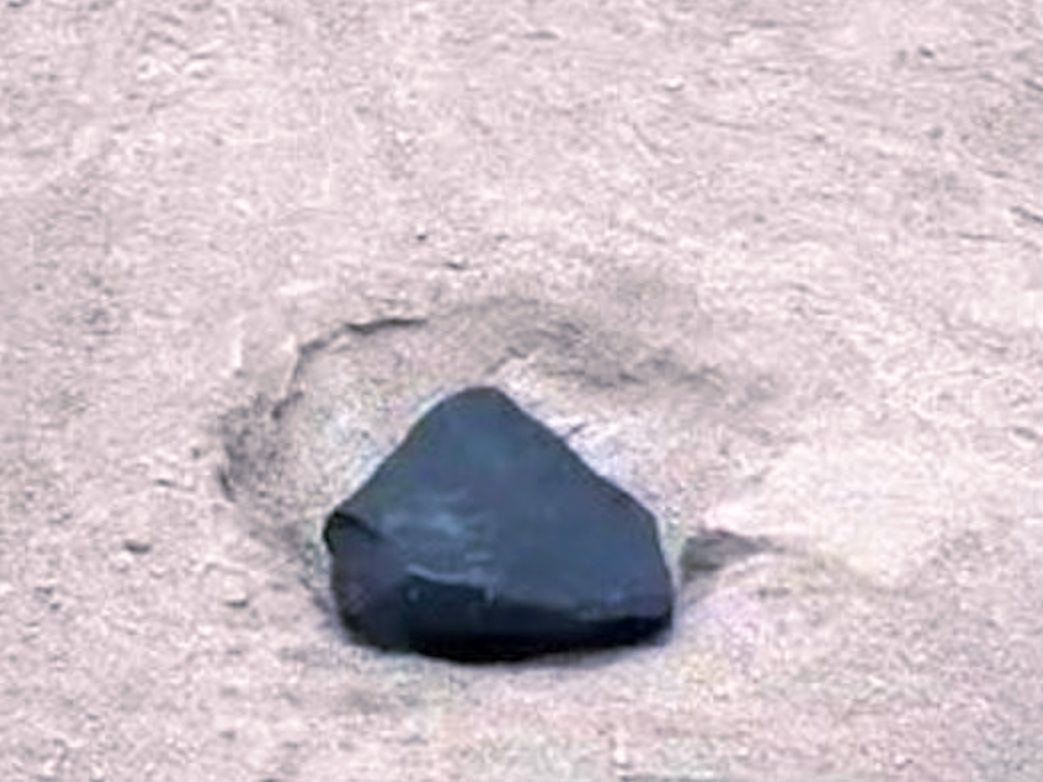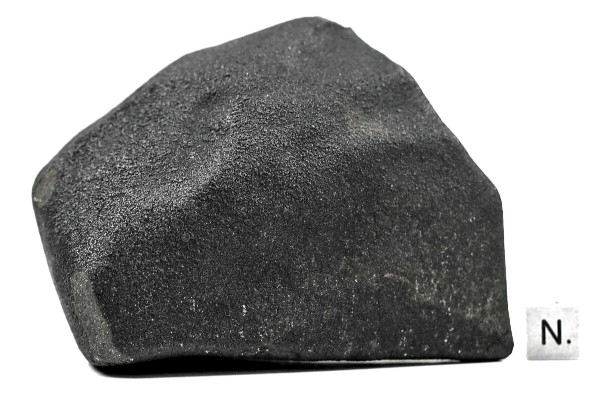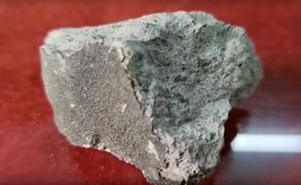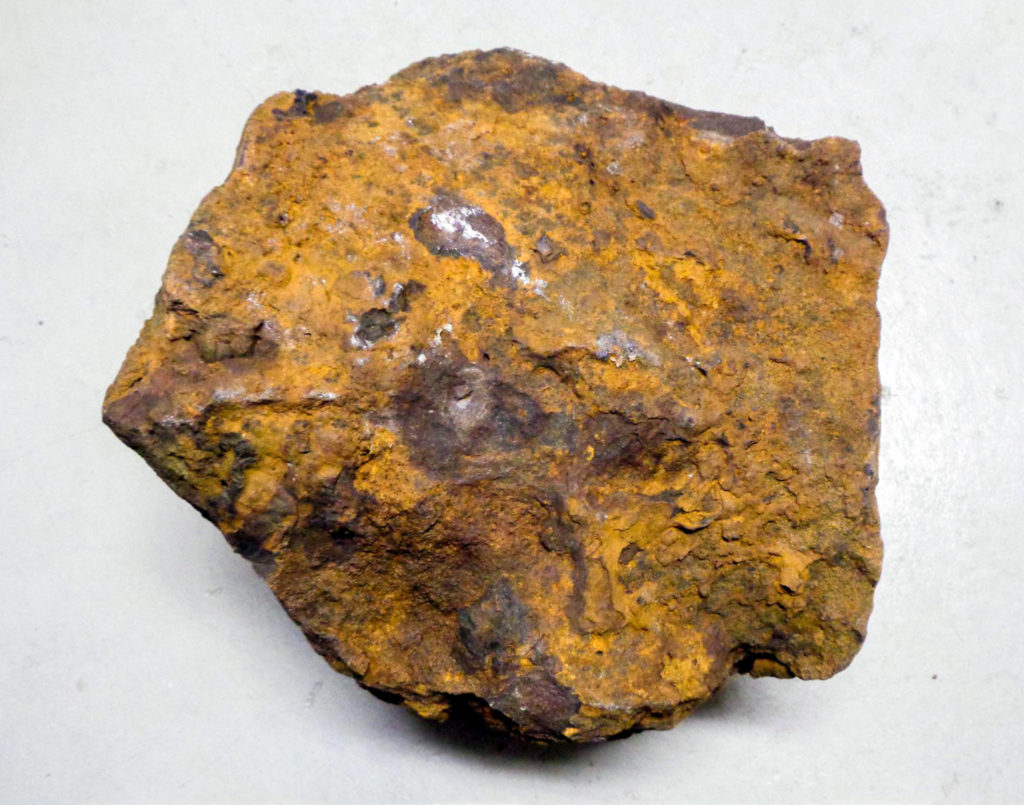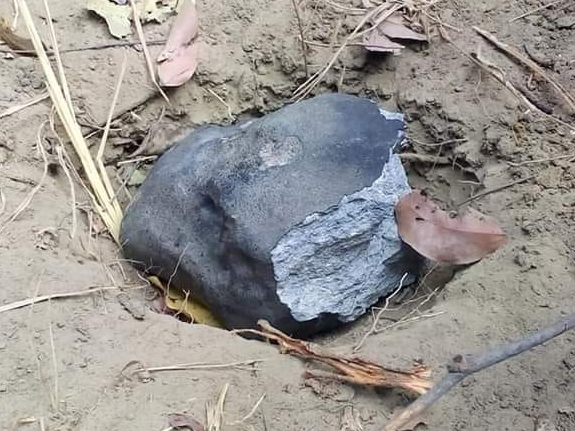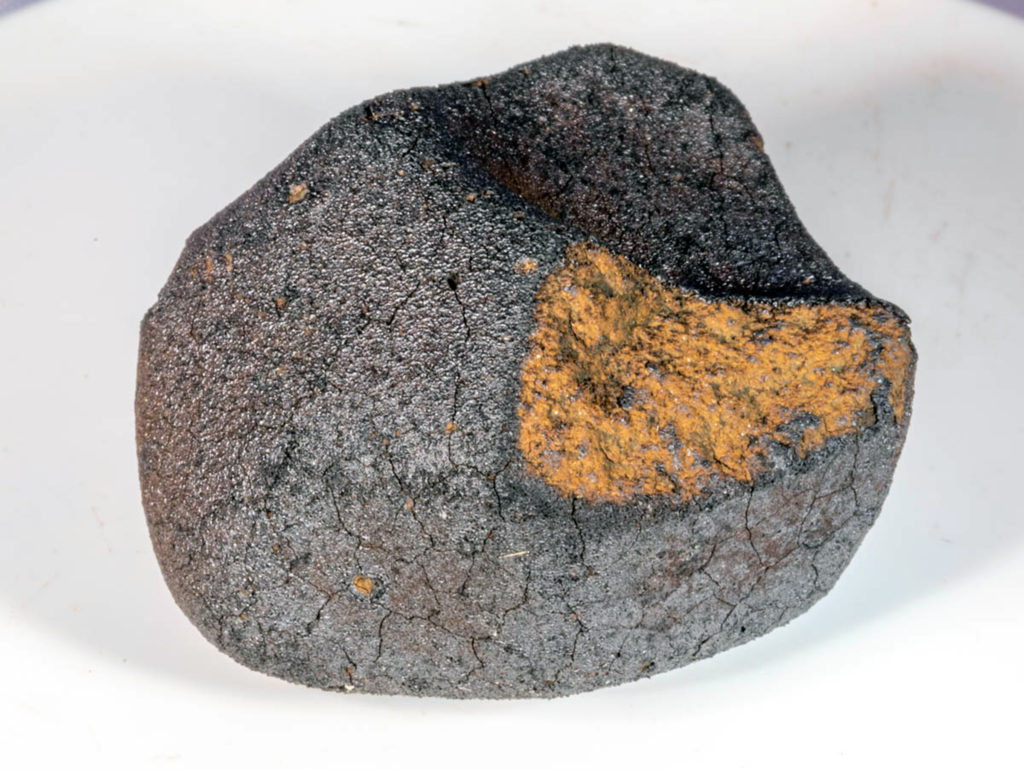Ionospheric effects of the Kamchatka meteoroid: Results from multipath oblique sounding
Y. Luo, L.F. Chernogor, K.P. Garmash, Q. Guo, V.T. Rozumenko, S.N.Shulga, Y. Zheng
Journal of Atmospheric and Solar-Terrestrial Physics
Volume 207, 1 October 2020, 105336
“Highlights
• Kamchatka meteoroid of 18 December 2018 detected in Doppler spectra.
• Disturbance apparent speeds 1.9–2.9 km/s, 620–770 m/s, and 310–500 m/s.
• Speeds of hundreds of m/s are transported by the atmospheric gravity waves.
• Speeds of 1.9–2.9 km/s could be due to seismic waves launched by the airburst.”
“This paper presents the results of radio observations of ionospheric disturbances associated with the fall of a meteoroid (unique in its initial energy of 173 kt TNT equivalent) off the east coast of the Kamchatka Peninsula on 18 December 2018. The ionospheric disturbances were measured with the multipath radio system designed for oblique sounding and located at the Harbin Engineering University campus, the People’s Republic of China (PRC). The main results are as follows. The ionospheric disturbances following the Kamchatka meteoroid entry and explosion have been detected in the temporal variations in the Doppler spectra and signal amplitudes observed over six oblique propagation paths. The possible disturbances have 2–3 groups of time delays. Depending on the distance between the terminal detonation point and the propagation path midpoint, these time delays fall into the 24–43-min, 93–136-min and 141–183-min time intervals, corresponding to the apparent speeds of 1.9–2.9 km/s, 620–770 m/s and 310–500 m/s, respectively. The disturbances with the apparent speeds of hundreds of meters per second and periods of about 10–15 min are transported by atmospheric gravity waves. The disturbances propagating with the 1.9–2.9-km/s apparent speeds could be caused by ionospheric processes due to the seismic waves generated by the meteoroid explosion.”

